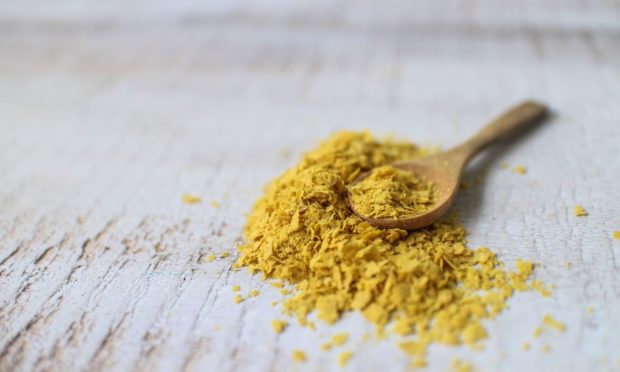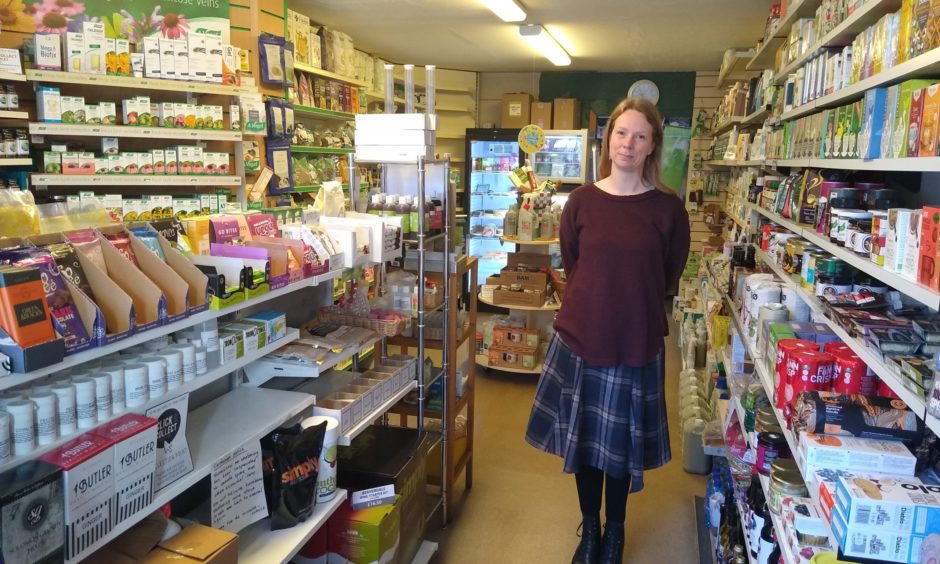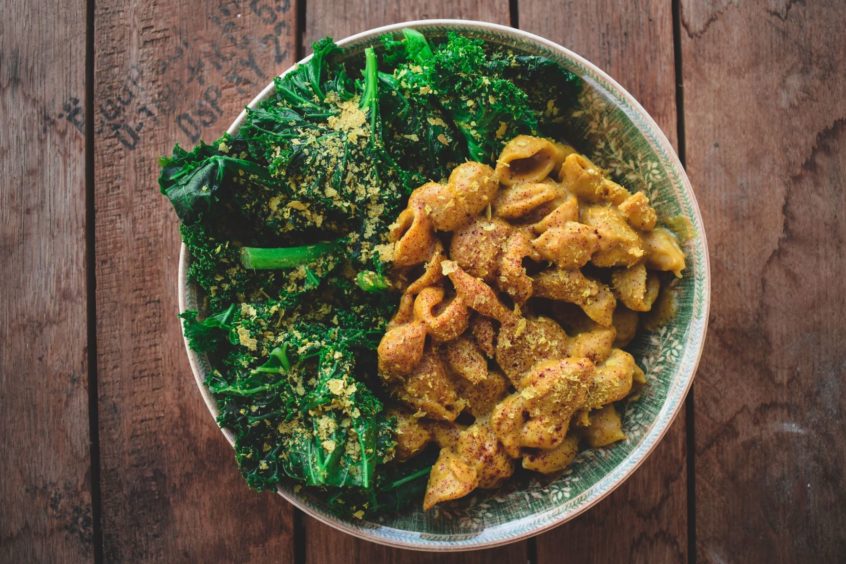Long popular with vegans, this source of B vitamins has now caught on more widely – and with good reason, as Clare Johnston finds out.
A few months ago over dinner I watched my friend devour spoonfuls of nutritional yeast as though it was caviar.
It was her first introduction to the now-popular ingredient, which has long been used by vegans as a good source of B-complex vitamins. What my friend discovered in that moment is something that fans of nutritional yeast have held as a treasured secret – it’s absolutely addictive.
There is something about the tangy cheesiness of these dried flakes that makes them incredibly moreish when sprinkled over steamed veg, salads – anything, really. In fact, taste-wise it’s a brilliant alternative to Parmesan, but it’s also good for you.
Not to be confused with active yeasts used to make bread and beer, dried nutritional yeast – or nooch as it’s known among devotees – has been heat-treated to deactivate it.
Along with animal-based products like dairy, meat, fish and eggs, it provides complete protein, meaning it has all nine amino acids that the body needs. That said, you are eating it in much smaller amounts so it can’t be seen as a significant source of protein.
It is, however, an excellent source of B vitamins – and is often fortified with B12 which would be important for anyone not eating meat – a prime source of this essential nutrient.
It’s popular overseas too, and has evolved from being nicknamed “hippie dust” in the US to becoming a mainstream ingredient stocked on the shelves of Walmart.
Here, in the UK sales have climbed in the last few years as more and more consumers turn to plant-based diets. Josine Atsma, owner of the Stirling Health Food Store that has served the city for 30 years, says she has noticed an increase in demand for nutritional yeast, particularly over the last 12 months.
She said: “We’re selling three times as much as maybe a year ago. I would say mainly because of the increase in people who are following or partly following a vegan diet.
“The majority of customers who come in to the shop already know about nutritional yeast, but we sometimes recommend it if people say they’ve just started a vegan diet.”
But, as Josine notes, nutritional yeast has found a following among meat eaters too.
She added: “I’m not vegan and I’ve been using it for some time. I like the taste – it’s like Parmesan. It’s good with soups and pasta, so I use it as a tasty source of B vitamins.”
The majority of customers who come into the shop already know about nutritional yeast, but we sometimes recommend it if people say they’ve just started a vegan diet.
Josine Atsma
Fife-based nutritional therapist Louise Blanchfield, known as The Food Physio, is also a fan.
She said: “It is a useful ingredient. I keep a pot under my desk to show people when they’re here for a consultation – pre-Covid-19 of course. It’s full of B vitamins and it’s fortified with B12 which is particularly important for vegans.
“I put it in spaghetti Bolognese, and when I first did that when the kids were little they noticed it tasted different and they liked it. It’s great for anyone who is fatigued because B vitamins are good for energy. You can use it as an alternative to dairy but it’s good for non-vegans too.
“It’s natural, and if we can find [nutrients] through diet than I’d rather do that than supplementing. So if I have someone who is showing adrenal fatigue, they’re highly stressed and using up a lot of energy and they need adrenal help – I call them tired but wired – it’s great for that.”
But, says Louise, there is a crucial thing to remember when you’re adding nutritional yeast to meals.
She explained: “The most important thing when you’re using it in cooking is you have to not heat it or you denature (kill) the enzymes. You have to add it after you’ve turned off the heat in order not to you lose the vitamins. That’s not the same for all food, but it is the case with nutritional yeast.”
Where can I buy it?
Just a couple of years ago you could only find nutritional yeast in health food shops, but in the UK today it’s stocked in most of the larger supermarkets. Marigold Health Foods’ Engevita Yeast Flakes is the biggest-selling brand in this country and is fortified with B12, but there are other lesser-known brands available online.
How do I use it?
The joy of nutritional yeast is it’s not only good for you, but it is incredibly versatile. You can use it to add flavour to pasta sauces, or sprinkle it over the top as you would Parmesan. The same is true of soups, chilli and pizza. It’s also delicious sprinkled over steamed vegetables and salads, or used in dressings and dips. And it can add a savoury twist to homemade popcorn and other nibbles.












